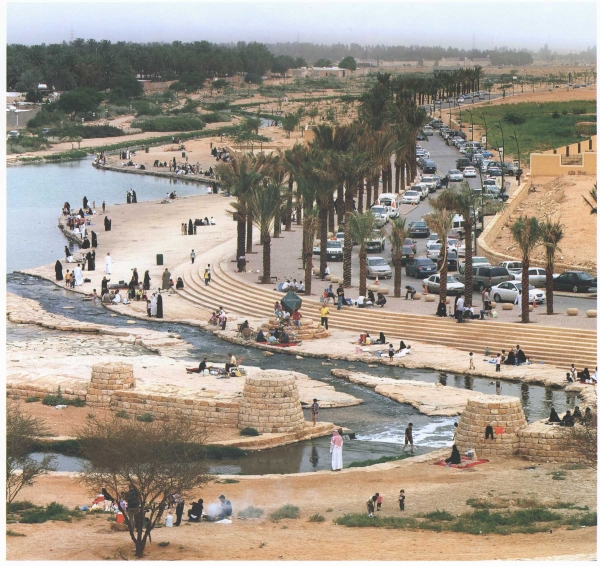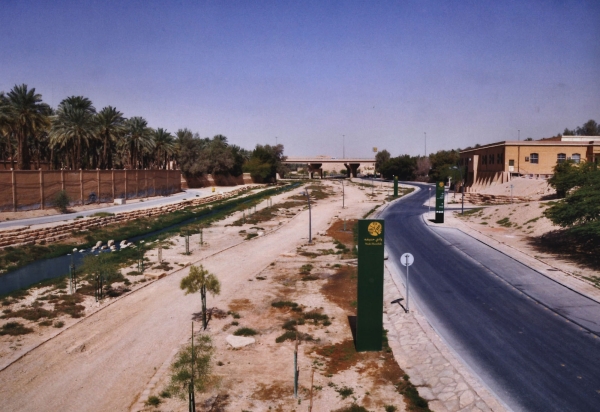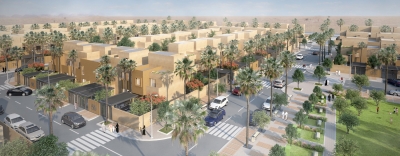


Wadi Hanifah Urban Code is a set of controls and requirements that regulate the urban character and facades of buildings in Wadi Hanifah and its tributaries in Riyadh City, in the Kingdom of Saudi Arabia, ultimately establishing a specific identity-based connection between these buildings and their surroundings, fostering the level of the sustainable urban environment, enhancing the balance between human beings, buildings, and the environment, and supporting service quality. On October 30, 2020, the Royal Commission for Riyadh City (RCRC) announced the completion of the code's issuance procedures in collaboration with the Riyadh Region Municipality and Diriyah Gate Development Authority (DGDA).
Structure of Wadi Hanifah Urban Code
Wadi Hanifah Urban Code was designed according to the latest international urban development standards. It seeks to specify the design and executive method of buildings, landscaping, and sidewalks based on the historical value of the area and in alignment with the associated constructions in the neighborhoods located within the valley and the lands overlooking it.
Objectives of Wadi Hanifah Urban Code
Wadi Hanifah Urban Code seeks to enhance the quality of life in the region, maintain its historical and environmental heritage, regulate the urban character and facades of buildings, and provide options for instilling an architectural identity reflecting the heritage and natural features surrounding Wadi Hanifah, namely in Diriyah and other neighboring areas.
The code introduces urban patterns supporting the local identity, such as the "internal courtyard" pattern that ensures privacy and utilization of internal spaces, is adapted to the local environment, and contributes to the creation of a vibrant environment reflecting the essence of the region.
Application guide of the Wadi Hanifah Urban Code
The application guide of the Wadi Hanifah Urban Code includes provisions, application mechanisms, section scopes, and zoning maps. It also details the role of the executive administration and the code administration procedures. It identifies the involved parties and clarifies the procedures for obtaining permits. It determines the zoning and land controls, building requirements, use controls, parking and street design, and environmental controls. It also offers design and application guides.
Related quizzes
Related articles

